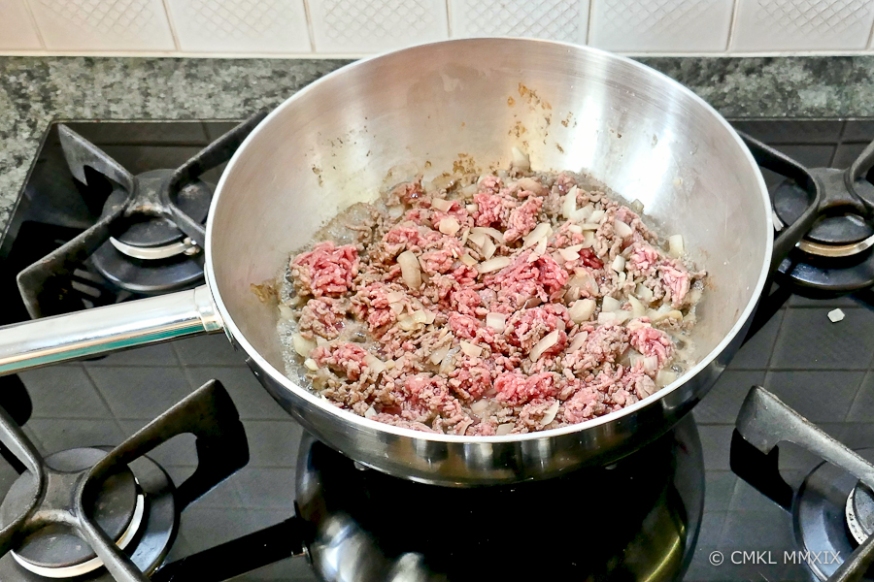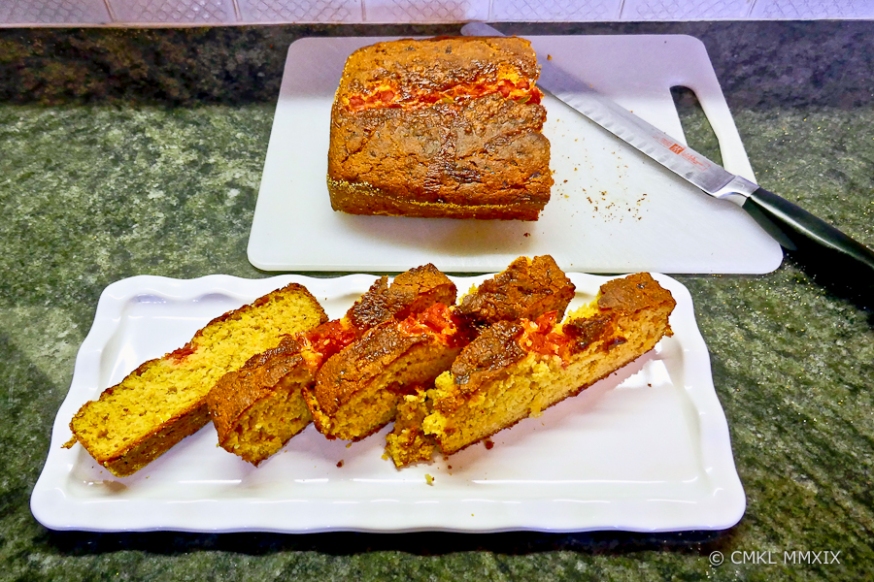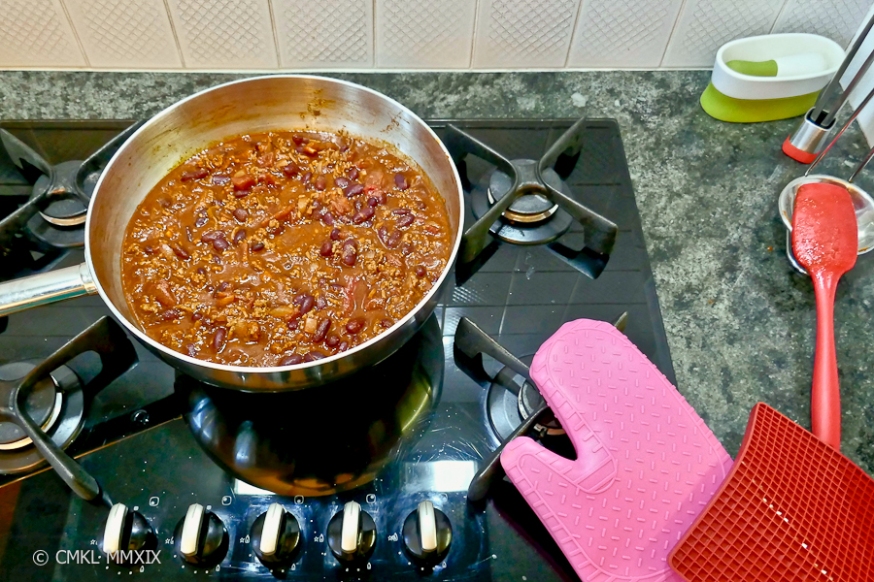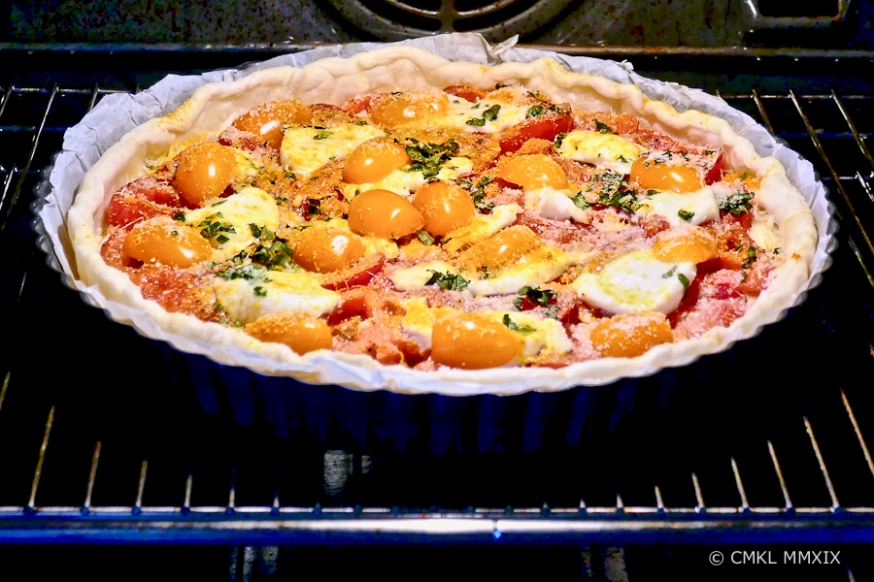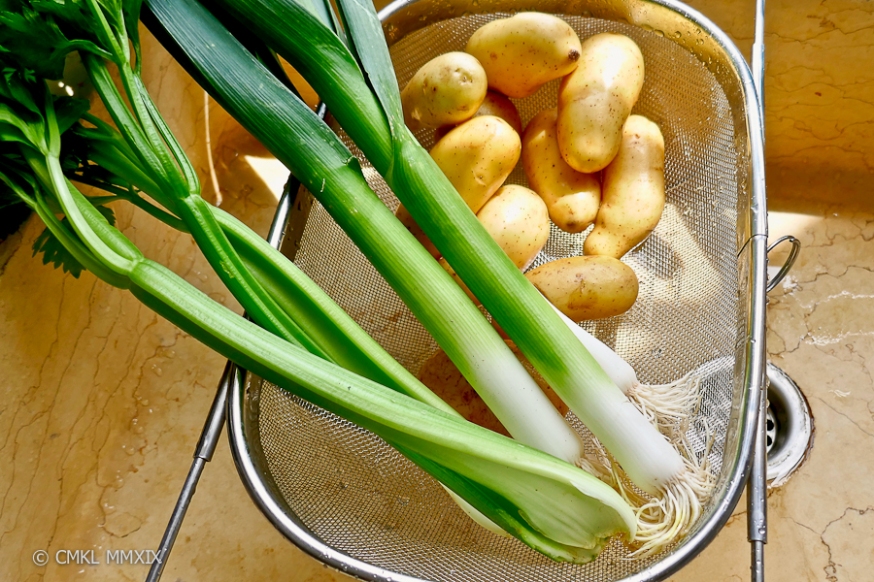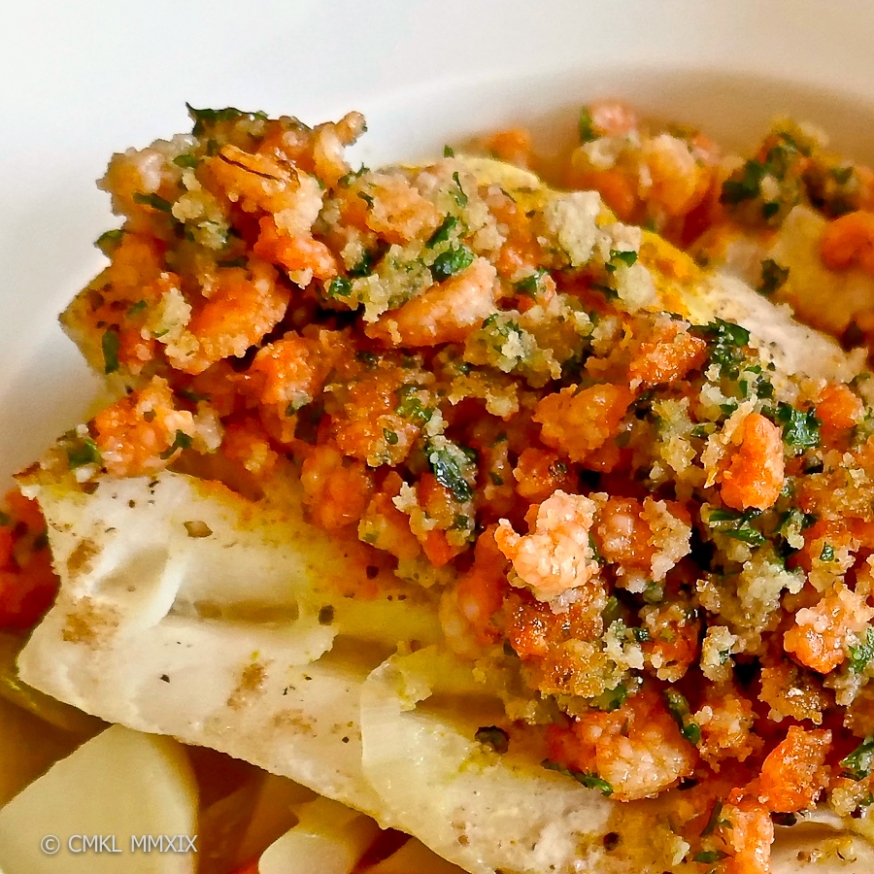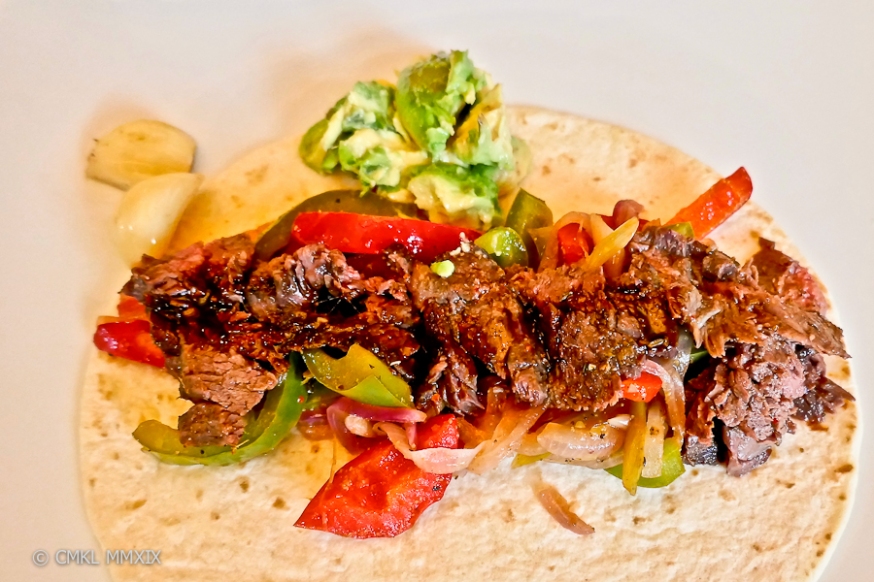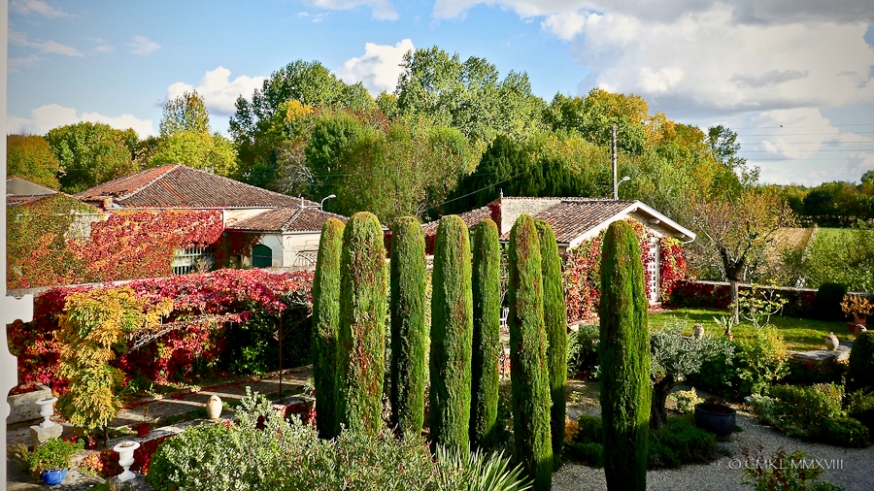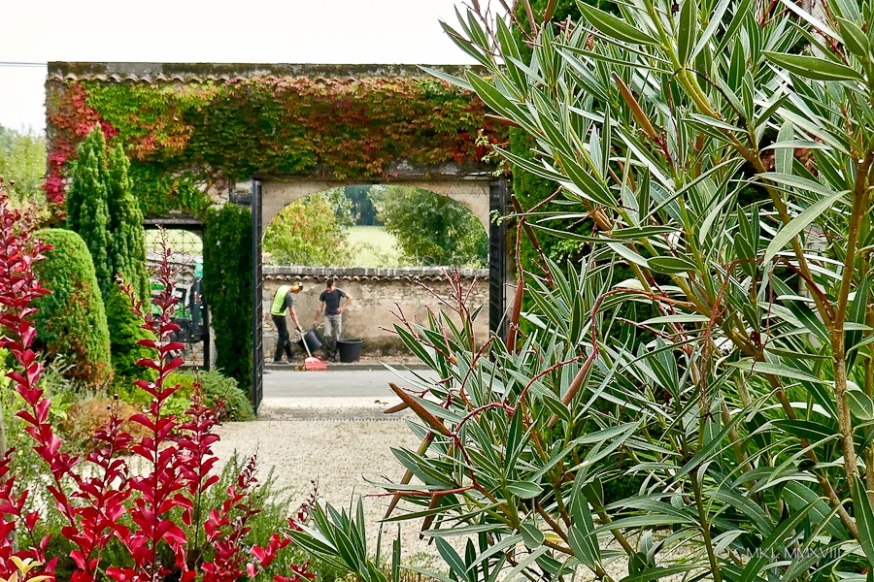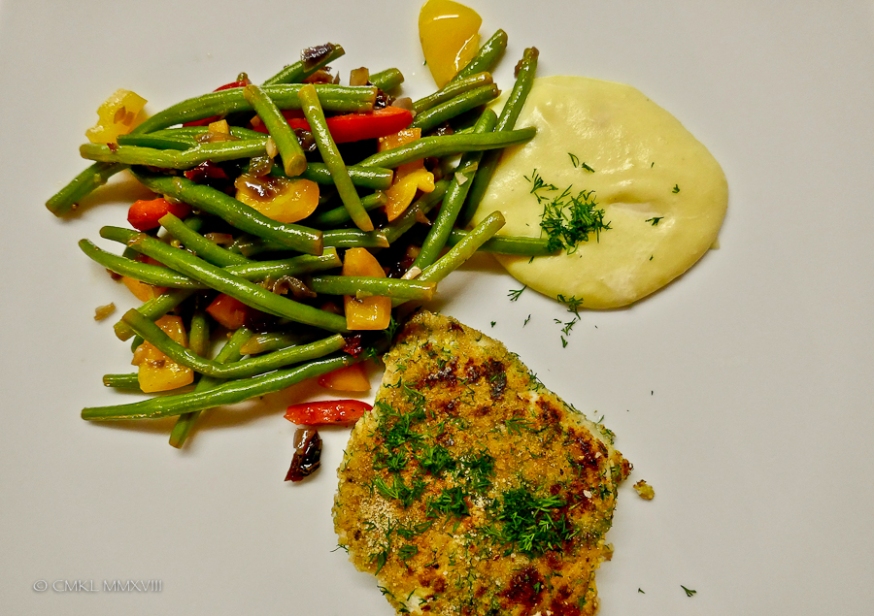
Otherwise known as The Soup of New Year’s Eve. Naturally, the lead photo shows potatoes roasting in duck fat, what else?! To offer an excuse, I have yet to edit so many photos and do so much background research for posts at both this blog and my travel blog that I felt completely overwhelmed yesterday. Therefore, to end the year with a warm and cozy feeling, I decided to postpone my writing to 2020 and cook a rich fish soup for our Saint Sylvestre dinner instead.
Ingredients and proceedings developed pretty much as usual. Celery, fennel, carrot, onion, leek, and potato, the usual suspects, cooked in court bouillon comme d’habitude, as we say around here. This time around, though, I simmered all the ends and trimmings in the bouillon for about an hour, also adding a bundle of dried thyme with laurel leaves and a half an onion with three cloves to the vegetable broth to give it a stronger herbal aroma. For seasoning, I added a teaspoon of umami and some salt to the usual teaspoon of ground coriander seeds.
While the stock was simmering, there was time to watch the last few minutes of the “Great British Bake Off” Christmas special and an installment of “Escape to the Country” on SKY TV while roasting les pommes de terre grenailles aka baby potatoes for 10 min @240ºC and marinating the fish with freshly ground pepper, cucurma powder, and lemon zest.
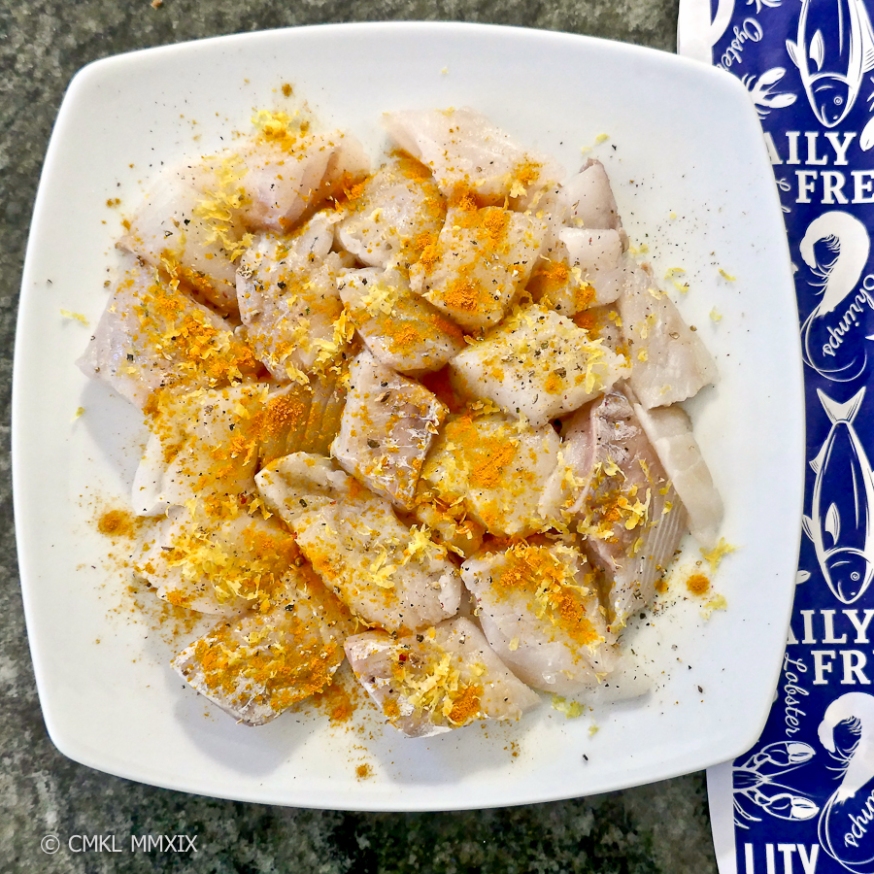
I had bought a Lieu noir filet for the soup, a Pollock or Saithe in English, a Köhler in German. The Pollachius virens, Gadidae, is great for soup because it’s heated through in just a couple of minutes and it is very inexpensive. I read that for marketing reasons, the fish is often sold as Seelachs in Germany. Lachs is the German term for salmon, species that belong to the family of Salmonidae which are much more costly than Gadidae or, in German, Dorsch. That renders the designation of “salmon” for a Köhler a big fat lie.
Back in our kitchen, I first strained the stock, then slow-simmered the finely julienned yellow onion in olive oil for about 15 minutes. I wanted them to be really soft, almost as if they were destined for an onion soup, but not browned. Next in line were the carrots, plus a little liquid from the stockpot to be soaked up by the carrots.

Before long, the remaining sliced and diced veggies followed,

eventually to be drowned in more stock.

Then the potatoes were added to the simmering soup to finish cooking, while I assembled the salad, opened the wine, sliced the bread, and set the table. Since our dining room is currently in use as an office, we eat even festive diners right next to the stove.

This is a bit of a sentimental picture. The teakwood salt cellar with its miniature shovel and the matching peppermill used to grace my parental dining table when I was a little girl sixty-odd years ago. And those Marimekko design placemats? Well, we’ve been using those for just about 40 seasons now.
Lastly, I added the fish and six big shrimp to the soup and heated a nice dollop of butter in a frying pan for the crowning glory of our New Year’s Eve Fish Soup, six Atlantic Great Scallops, Pecten maximus, not to be confused with the Mediterranean scallops Pecten jacobeus. After two minutes, when the scallops were browned on the bottom, I turned them over and flambéed them in a shot of Ricard. Since I can’t play with fire and take pictures at the same time, sadly, I can’t offer you any pictorial proof of these actions! I can only show you the quite tasty results.


The dirt specs are actually sumac or sumach, Rhus coriaria, Anacardiaceae. The dried Rhus fruit are crushed into a crimson spice with a tart, citrusy flavor. It is apparently a much-loved spice in the Middle Eastern kitchen of which I am woefully ignorant. We were introduced to the spice recently in Bilbao during our extraordinary anniversary dinner at Extanobe Atelier. They very kindly gave us a quantity of sumac to take home with us.

Guten Appetit and my heartfelt Good Wishes for a tasty New Year 2020!















